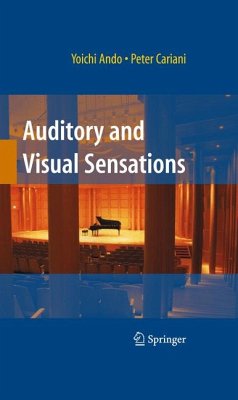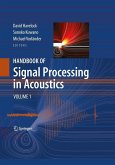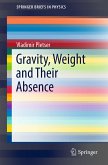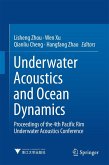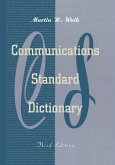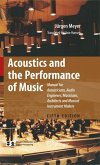The "primary sensation" may be classified in two categories: temporal sensations and spatial sensations. Therefore, any subjective responses of the sound field may be described based on both the temporal and spatial factors. The first part of book contributes to basic acoustics researches related to brain including concert hall and opera house acoustics, noise measurement and effects of noise on man, but also psychological and physiological acoustics as well as speech and music perception.
As described in the second part, there is a certain degree of similarity in the processing of auditory- and visual -brain systems. An analogy of this theory may be applied for the temporal sensations and the spatial sensations of vision, as well as the subjective preference of the visual environment. The typical temporal sensation of vision is "pitch" of a flickering light, which includes the missing fundamental phenomenon. Visual spatial sensations discussed here are contrast, regularity and coarseness. But, no color effects on the sensations are treated in this volume. As an application, a design theory incorporating temporal and spatial factors may be generalized in architectural and environmental design. Someexamples of application will be offered.
Dieser Download kann aus rechtlichen Gründen nur mit Rechnungsadresse in A, B, BG, CY, CZ, D, DK, EW, E, FIN, F, GR, HR, H, IRL, I, LT, L, LR, M, NL, PL, P, R, S, SLO, SK ausgeliefert werden.
"The book has two parts with sixteen chapters. ... The book is well structured and chapters are held short in length just to point out the most relevant information needed. ... At the end of the book, a list of abbreviations is presented, which is very useful for the reader, but most advantageous, is that for all abbreviations, a chapter in the book is referred. ... It provides equations and summaries of concepts for experts working in the field of concern." (Reinhard O. Neubauer, International Journal of Acoustics and Vibration, Vol. 16 (3), 2011)
"This is well-written and illustrated, unusual, and important book. ... In addition to a good index and definitions of terms, excellent references are given. ... This book presents a good start and much important progress." (David Lloyd (ben Yaacov Yehuda) Klepper, Noise Control Engineering Journal, Vol. 60 (2), March-April, 2012)

